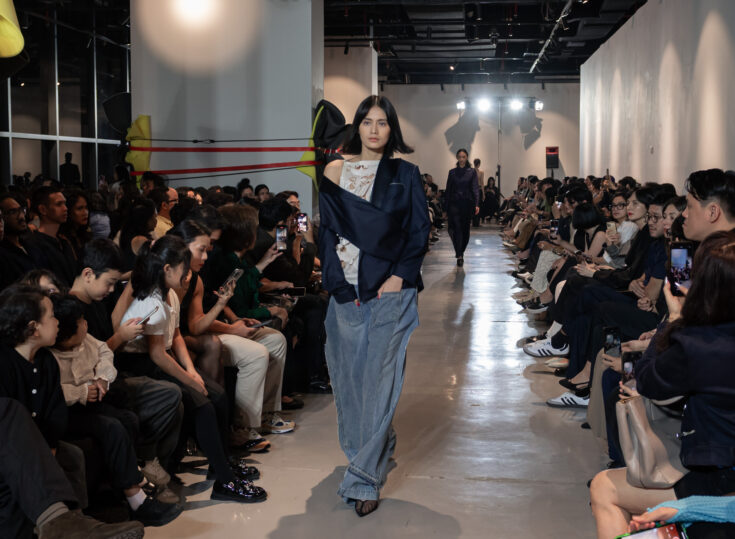Growing up, Ibu Lina from Gesikharjo Village has always wanted to follow her mother and grandmother’s path of becoming a textile artisan. Although she has always felt a lot of pride for her family’s tradition, when faced with the realities of the job, she knew she would never be able to support herself if she were to follow in their footsteps.
Back in her village, her mother, grandmother, and other craftswomen alike are no strangers with 12-hour work days. From dawn to midnight, the cycle repeats itself each day in a strenuous effort to make ends meet. But despite their long and arduous hours of devotion, these craftswomen aren’t sufficiently rewarded for their labour. An article on SukkhaCitta’s website reported that these craftswomen earn less than US$2 (IDR28,453) each day, as compared to the global poverty line that is capped at US$1.9 (IDR27,030).
In an impact report they recently compiled, the social enterprise details social, economic, education and environmental effects as well as contributions they have generated to several villages across Java and Bali throughout the past 5 years. This report highlights the realities these craftswomen confront daily: on top of the low wages, they face direct exposure to hazardous toxic dyes and fumes without any safety equipment. A condition that led many artisan women to abandon the practise of textile making, a craft that is traditionally passed down through generations.
As a response to these issues, a craft school under the name of Rumah SukkhaCitta, was established as a solution to preserve and sustain traditional craft through education. There, women from various villages are trained to become artisans, continuing the craft of textile-making under safer circumstances, using natural dyes as alternatives.
In sustainability, acts of change are often easily dismissed as ‘too little’. However, it is through these small changes and questions, such as, “How, where, and under what conditions were our clothes made?” that we can slowly establish accountability and reassess our take on consumption, creating an environment that can nurture the value of our craft and challenge the destructive patterns we abide by.
Photographer – RIOP
Stylist – Camelia Santoso
Models – Ika Rovika of Wynn Models and Yulea
Makeup and Special Effects – Elly Lim
Hair – Yulea
Fabric and Wardrobe – SukkhaCitta
Special Thanks – Alexander Sebastianus and Anastasia Setiobudi (SukkhaCitta’s designers)












